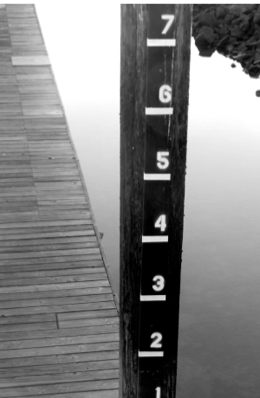The Complexity Scale
1. Say some broad things you know about a topic – observations, facts, ideas. Think of different kinds of things.
2. Place each statement somewhere on the complexity scale.
Simple —————————- Complex
3. Explain why you want to place it there.*
4. Reflect: What new insights and questions do you have about the topic?
*Feel free to discuss placement. You can even place a statement in more than one spot on the line (sometimes things are simple in one way, but complex in another).
WHAT KIND OF THINKING DOES THIS ROUTINE ENCOURAGE? This routine helps students build a more multi-dimensional mental model of a topic by identifying different aspects of the topic and considering their complexity. The benefit of the routine consists mainly in the reasoning students do in order to choose and explain their ratings. Of less importance is assigning each idea to the “right” place on the scale.
WHEN AND WHERE CAN IT BE USED? Use the Complexity Scale when you have been studying a topic for a while and students know something about it. But don’t wait until the end of the topic to use the routine. The Complexity Scale is a good way to surface students’ conceptions so you can get a sense of how they understand the topic in its entirety.
